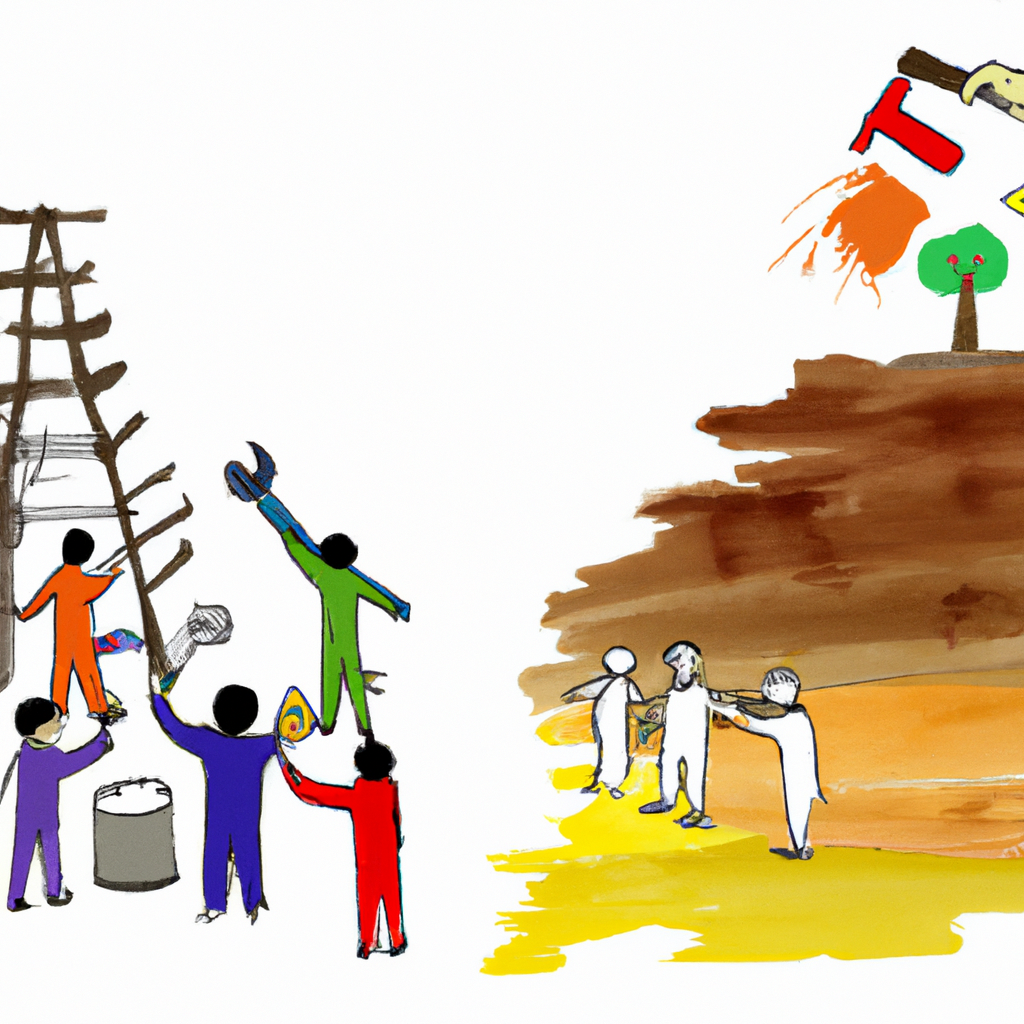
Article Content
In an era where sustainability has become a global concern, its integration to development, particularly infrastructure has gained considerable attention. This article focuses on understanding the latest trends and news in sustainable infrastructure.
Harnessing Renewable Energy
The increasing urgency to rely less on fossil fuels has turned spotlight towards renewable sources of energy. Countries around the globe are investing heavily in solar, wind, hydropower, and other forms of renewable energy. The International Energy Agency predicts that renewable power capacity will grow 50% between 2019 and 2024, driven primarily by solar energy. This indicates a brighter future where energy consumption patterns drastically change. Investment in renewable energy is not only considered eco-friendly, but it also creates substantial job opportunities, thereby boosting the economy. Indeed, the agreement facilitated by Biden to have the US rejoin the Paris Agreement, underscores the significance of renewable energy in today's world.
The Rise of Green Buildings
The concept of green buildings is another major breakthrough in sustainable infrastructure. Green buildings oversee the efficient usage of resources while minimizing the damage inflicted on the environment. The U.S. Green Building Council predicts that by 2021, green buildings will contribute $303.5 billion to the United States economy. Not only do they help in combating climate change by reducing greenhouse gas emissions, but they also lead to a significant decrease in operating costs. Green buildings make use of innovative solutions like rainwater harvesting, energy-efficient lighting, recycling, and much more. They form a critical component of the sustainable infrastructure, amalgamating aesthetics with environment-friendliness.
Adoption of Smart and Digital Technologies
Smart technologies have permeated every aspect of our lives and infrastructure is no exception. Digital technologies are now extensively used for optimizing, monitoring, and controlling both physical and environmental resources. IoT (Internet of Things) has penetrated the infrastructure space promoting the creation of infrastructure that can interact. Adaptive traffic signals, smart energy meters, waste-to-energy solutions are all instances highlighting the role of digital technologies in achieving sustainability. Additionally, smart technologies facilitate predictive maintenance preventing possible failures thereby saving costs.
Urban Farming Revolution
Urban farming or urban agriculture has been sparking global interest as food security issues continue to grow in densely populated cities. This concept introduces the cultivation, processing, and distribution of food in or around a village, town, or city. Some notable practices include vertical farming, hydroponics, and aquaponics. This trend makes sense given the estimate by the United Nations Department of Economic and Social Affairs that by 2050, 68% of the world's population will live in urban areas. Urban farming not only promises access to nutritious and fresh food but also considerably shrinks the carbon footprint by eliminating the need for food transportation.
The Importance of Sustainable Transport Systems
Sustainable transport systems are fundamental to the creation of sustainable cities. There is an increasing trend of cities opting for low carbon transport systems like cycling and walking pathways, electric buses, or metro rails. These steps are even more crucial considering that according to International Transport Forum's Transport Outlook 2019, transport CO2 emissions will rise by 60% by 2050 unless major policy changes take place. Sustainable transport systems offer multiple benefits including improved air quality, reduced traffic congestion, and healthier lifestyle choices for individuals.
As we tread on the path of progress, the integration of sustainability in each step ensures a brighter and healthier future. Sustainable infrastructure, therefore, emerges as the key to fight climate change, while stimulating economic growth and improving life quality.




